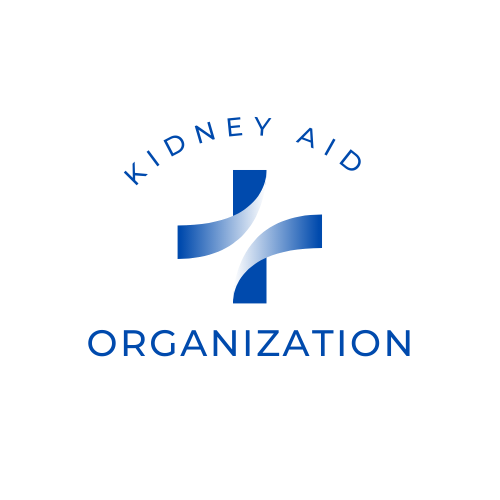Kidney disease is a significant health concern worldwide, affecting millions of individuals, with women being particularly susceptible to certain forms of the condition. Recognizing the symptoms and seeking timely treatment is crucial for managing the disease effectively. In this comprehensive research article, we delve into the symptoms of kidney disease in females, explore potential cures, and provide valuable insights to empower readers in their journey towards better kidney health.
The Prevalence and Impact of Kidney Disease in Females
Kidney disease encompasses a range of conditions that impair the function of the kidneys, vital organs responsible for filtering waste and excess fluids from the blood. While both men and women can develop kidney disease, certain factors predispose females to a higher risk. Studies have shown that hormonal fluctuations, autoimmune diseases such as lupus, and pregnancy-related complications can increase the likelihood of kidney disease in women. Additionally, women with diabetes or high blood pressure are at an elevated risk of developing kidney problems compared to their male counterparts.Symptoms of Kidney Disease in Females
Identifying the symptoms of kidney disease is paramount for early detection and intervention. In women, these symptoms may manifest differently than in men, making awareness crucial for timely diagnosis. Common signs of kidney disease in females include:- Fatigue and Weakness: Persistent fatigue and weakness, often unrelated to exertion, can indicate compromised kidney function. As the kidneys struggle to filter waste effectively, toxins accumulate in the bloodstream, leading to feelings of lethargy and decreased energy levels.
- Changes in Urination Patterns: Alterations in urination habits, such as increased frequency, urgency, or decreased urine output, may signal underlying kidney issues. Women with kidney disease may also experience foamy or bubbly urine, indicative of protein leakage.
- Swelling: Edema, or swelling in the hands, feet, ankles, or face, is a common symptom of kidney disease. Fluid retention occurs when the kidneys fail to regulate sodium and water balance effectively, leading to accumulation in the body's tissues.
- Blood in Urine: Hematuria, the presence of blood in the urine, is a concerning symptom that warrants immediate medical attention. While it may not always be visible to the naked eye, blood in the urine can indicate various kidney conditions, including infections, stones, or glomerulonephritis.
- High Blood Pressure: Hypertension is both a risk factor for kidney disease and a consequence of its progression. Women with uncontrolled high blood pressure are more susceptible to kidney damage, highlighting the importance of blood pressure management in preserving renal health.
Diagnosis and Treatment Options
Early diagnosis plays a pivotal role in mitigating the progression of kidney disease and preventing complications. Medical professionals typically employ a combination of diagnostic tests, including blood and urine analysis, imaging studies such as ultrasound or CT scans, and kidney biopsy if necessary, to assess kidney function and identify underlying causes. Once diagnosed, the treatment approach for kidney disease aims to slow disease progression, manage symptoms, and address underlying causes. Treatment modalities may include:- Medication: Pharmacological interventions, such as angiotensin-converting enzyme (ACE) inhibitors or angiotensin II receptor blockers (ARBs), are commonly prescribed to control blood pressure and reduce proteinuria, thereby preserving kidney function.
- Lifestyle Modifications: Adopting a healthy lifestyle is paramount for managing kidney disease. This entails following a balanced diet low in sodium, phosphorus, and potassium, maintaining a healthy weight, engaging in regular physical activity, and avoiding smoking and excessive alcohol consumption.
- Dialysis: In advanced stages of kidney disease where the kidneys fail to adequately filter waste from the blood, dialysis may be necessary to artificially perform this function. Hemodialysis and peritoneal dialysis are the two primary modalities employed, with the choice depending on individual patient characteristics and preferences.
- Kidney Transplantation: For eligible candidates with end-stage kidney disease, kidney transplantation offers the best long-term outcome. A donor kidney, either from a living or deceased donor, replaces the diseased kidney, restoring normal kidney function and improving overall quality of life.

